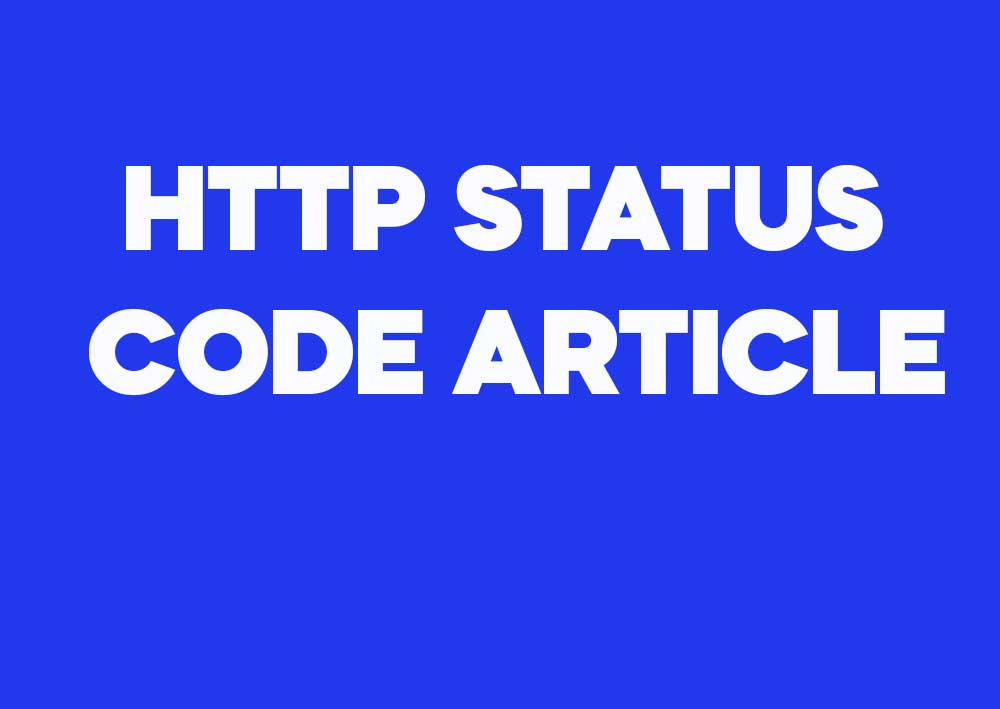HTTP Status Code 419 – Page Expired
The HTTP status code 419 – Page Expired is a non-standard status code indicating that a session has expired or the requested page is no longer available due to session timeout. This response is often used in web applications where a session identifier (such as a cookie or token) is required to access specific resources. When a session expires, the server may respond with a 419 status to prompt the client to refresh or re-authenticate.
Examples
Example 1: AJAX Request with Expired Session
In a web application, when an AJAX request is made to the server and the user’s session has expired, the server can return a 419 status code:
// Client-side JavaScript
fetch('/api/user/data', {
method: 'GET',
credentials: 'include'
})
.then(response => {
if (response.status === 419) {
alert('Session expired. Please log in again.');
window.location.href = '/login';
} else {
return response.json();
}
})
.then(data => console.log(data))
.catch(error => console.error('Error:', error));
In this example, the client makes a request to fetch user data. If the server responds with a 419 status, the client is alerted about the session expiration and redirected to the login page.
Example 2: Form Submission with Timeout
When a user submits a form after a prolonged period, the server might return a 419 status code due to session timeout:
// PHP Server-side
session_start();
if (!isset($_SESSION['user_id'])) {
http_response_code(419);
echo json_encode(['message' => 'Session expired.']);
exit;
}
// Process form data if session is valid
In this server-side PHP example, the session is checked before processing the form data. If the session is not set, a 419 status code is returned with a message indicating that the session has expired.
### Explanation
– **Description**: The HTTP status code 419 is used to signal that a session has expired, usually due to inactivity or timeout. This status is often used in web applications that require session management.
– **Example 1**: Demonstrates how an AJAX request can handle a 419 status response by prompting the user to log in again if the session has expired.
– **Example 2**: Shows a server-side example where PHP checks for a valid session before processing a form submission. If the session is invalid or expired, a 419 response is returned.
– **Summary**: The 419 status code, while non-standard, is widely used in web applications to manage session expirations, ensuring that users are authenticated and session states are maintained properly.
Example 3: new Scenario
# Client sends a request example.
GET /example HTTP/1.1
Host: www.example.com
# Server Response
HTTP/1.1 419 419 Page Expired
Date: Wed, 09 Oct 2024 23:05:46 GMT
Server: ExampleServer/1.0
Content-Type: application/json
{
"error": "Description of the error for 419"
}
Example 4: A Different Scenario
# Client sends another example request.
POST /another-example HTTP/1.1
Host: www.example.com
# Server Response
HTTP/1.1 419 419 Page Expired
Date: Wed, 09 Oct 2024 23:05:46 GMT
Server: ExampleServer/1.0
Content-Type: application/json
{
"error": "Detailed message for 419"
}
Summary
The HTTP status code 419 is used to inform clients that their session has expired, often requiring re-authentication. It is particularly useful in scenarios involving forms and AJAX requests where maintaining session state is crucial. While not a standard status code, its application is common in web development frameworks and platforms that handle session management.


